Affiliate links on Android Authority may earn us a commission. Learn more.
The best OEM specific features
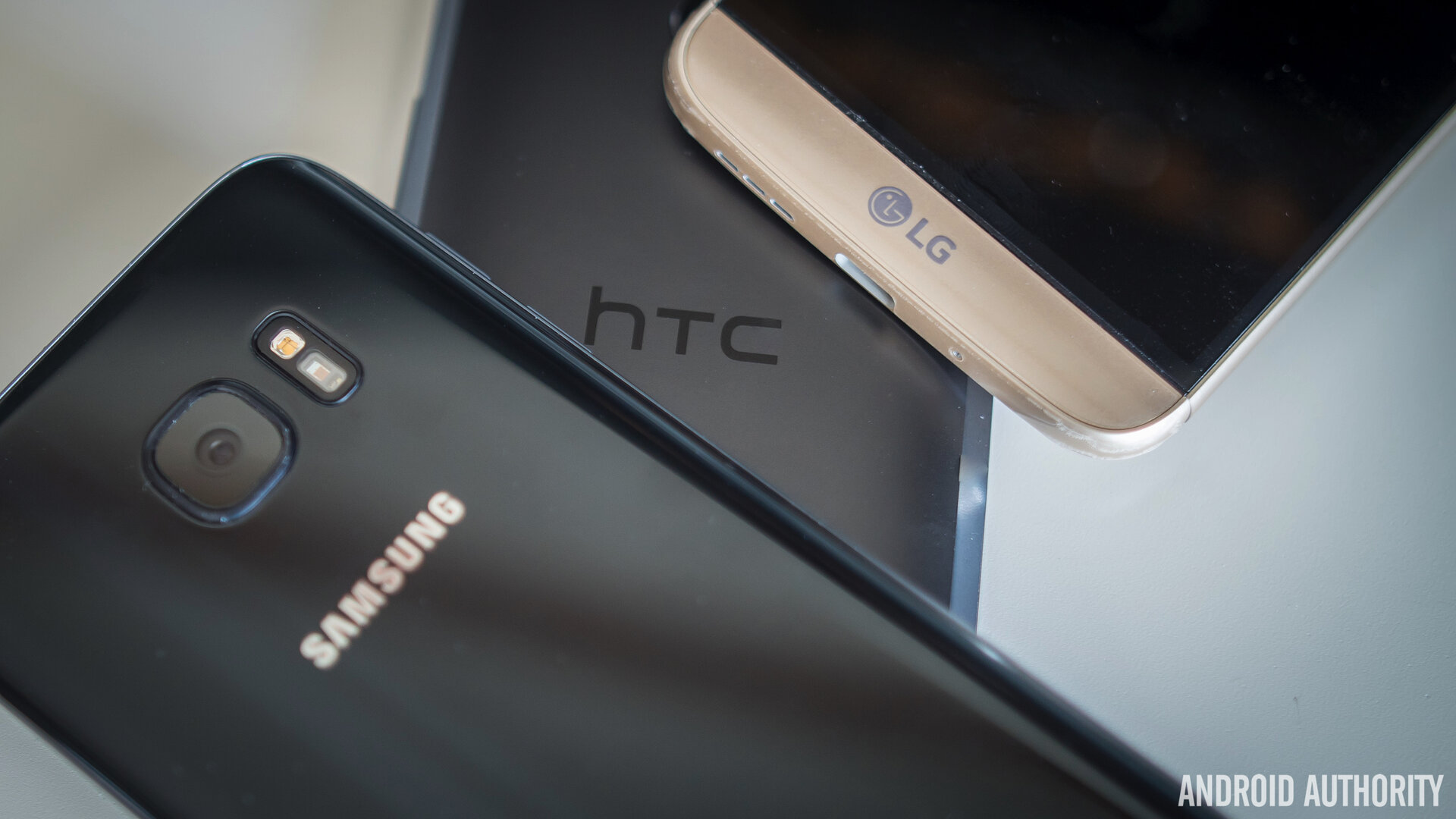
In terms of day to day performance, flagship smartphones are all pretty similar these days. Whatever brand you pick, you’re virtually guaranteed a good camera, snappy performance, and a sharp display. What really separates phones at the high-end are the more subtle extras, which often fall under proprietary technologies or new takes on existing designs.
Here’s my pick of some of the best extras that each Android manufacturer is currently offering, and some that we hope may sneak across to other OEMs in the future.
Samsung – Samsung Pay
Samsung’s smartphones always come packing in plenty of features, so picking one stand out piece of tech for the world’s most popular Android manufacturer is a tricky business. I was tempted to suggest that the S Pen, the edge display, or even the modern Touchwiz UI might be Samsung’s best features. However, I believe that Samsung Pay is arguably the company’s best innovation lately, as it’s hands down better than anything that the competition has to offer.
As well as working with NFC enabled terminals, like Android and Apple Pay do, Samsung’s MST design means that the phone’s mobile payment system will work with any terminal that accepts a traditional card swipe. Adding cards to the system is easy, If you leave your wallet at home one day, Samsung Pay will have you covered.
The company is in the midst of bringing Samsung Pay to a wider range of handsets and has just rolled out the platform in India too. With LG scheduled to finally launch its own LG Pay system this June that also uses MST, we will hopefully see this type of mobile payment spread across the Android ecosystem in the coming year or so.
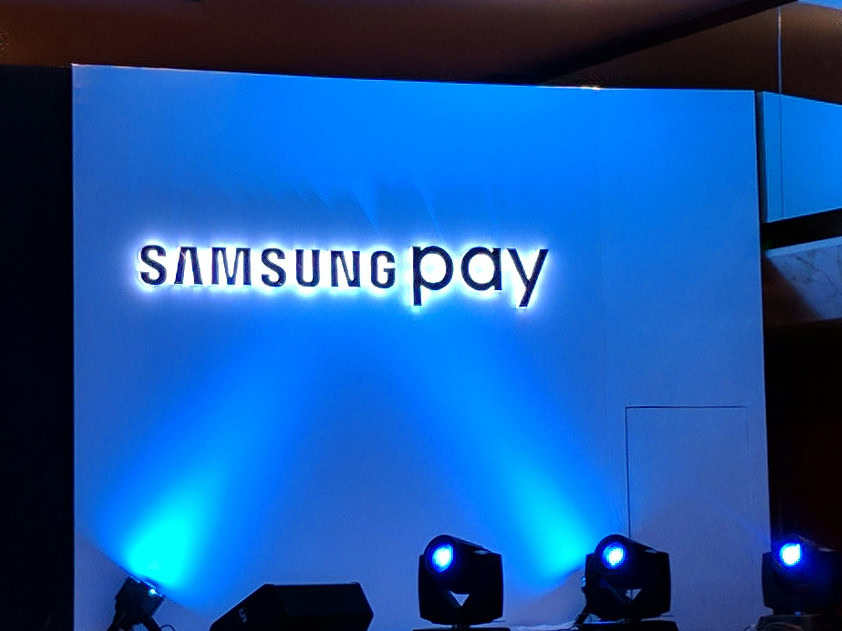
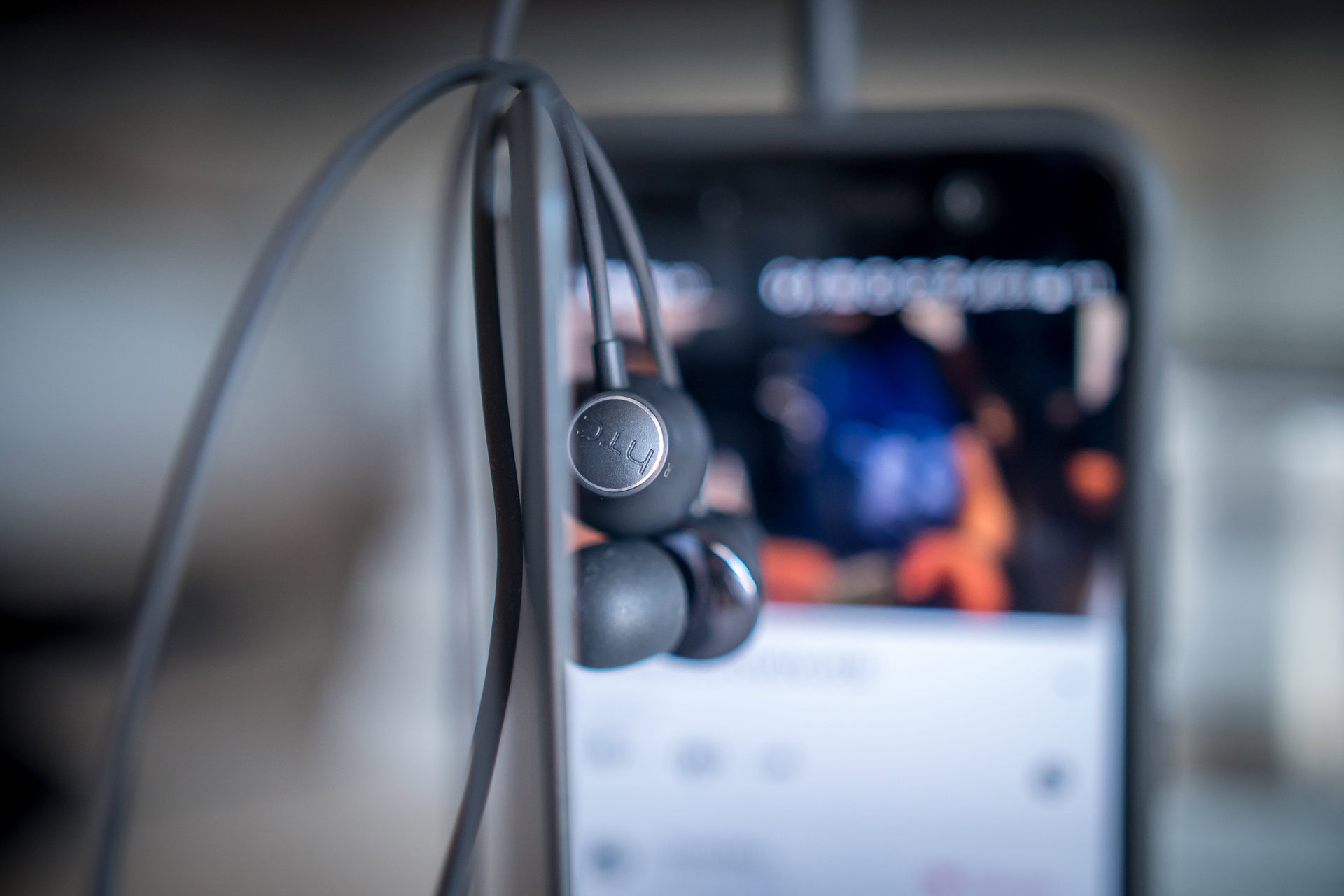
HTC – BoomSound
HTC’s flagships may have come in for some criticisms in the past couple of generations, but if there’s one thing that the company knows how to do well it’s audio, particularly its BoomSound and its latest Hi-Fi edition speakers.
Given that most of us probably use our smartphones for listening to music and watching videos, a quality speaker setup is a surely a requirement these days. HTC’s BoomSound improves on your traditional smartphone speaker configuration by offering up a dedicated amplifier for two speakers, one of which handles the bass and the other which acts as a tweeter. This provides extra clarity and more power than your traditional single speaker setup.
However, with the HTC10 this move over to a bass/tweeter configuration means that some of impressive stereo separation from the old BoomSound setup may be lost to some degree, in exchange for greater clarity between the highs and lows. Stereo speakers are becoming increasingly common, but HTCretains the high-bar.
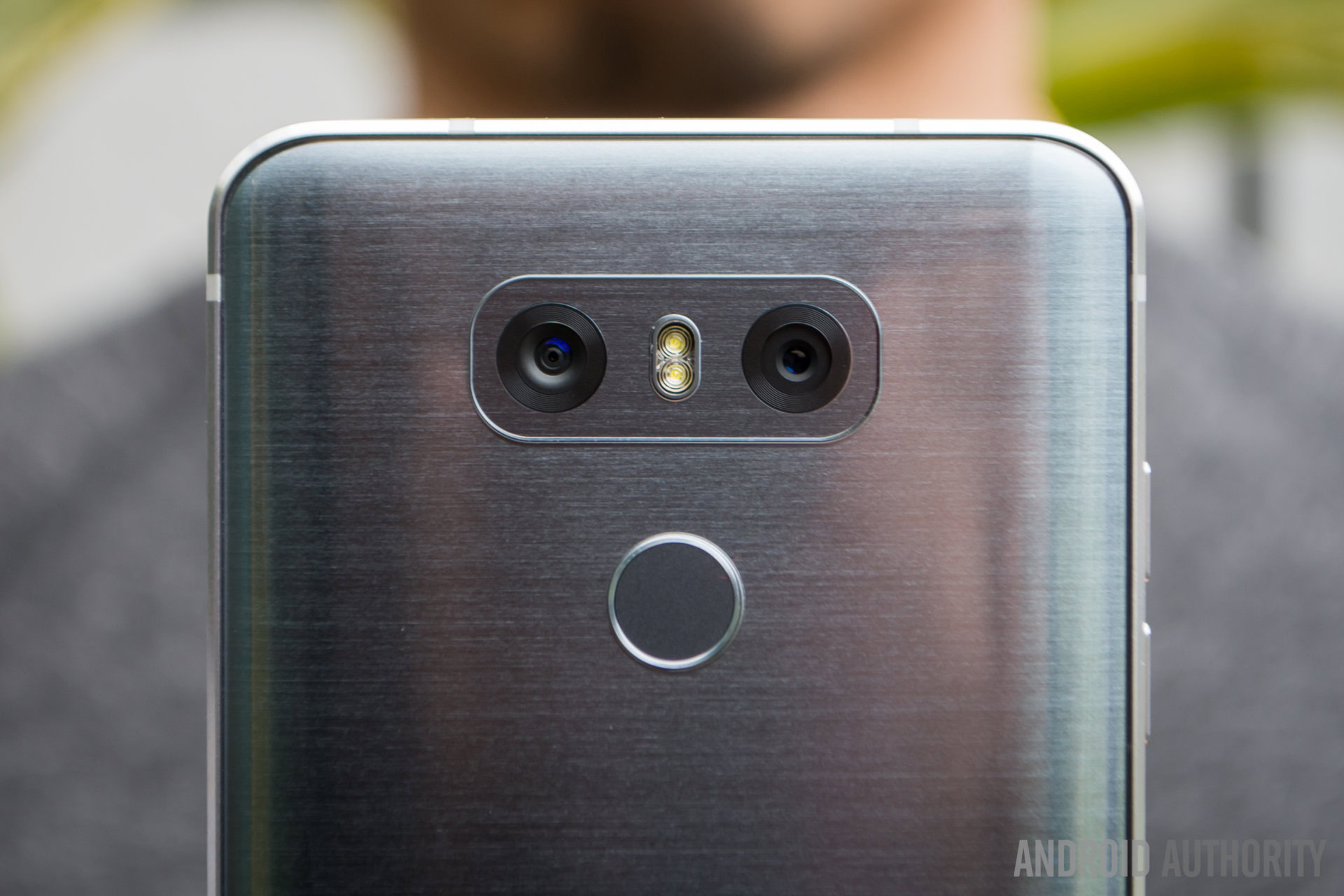
LG – Camera options
Since the LG G2 the company’s smartphones have been some of the hottest for photography buffs. The introduction of manual shooting modes in the LG G4 and wide angled camera shooting options with latest G and V series models gives users the greatest variety of shooting options around.
In case you’ve not had a chance to play around with LG’s latest camera app, there’s the typical white balance, ISO, and shutter speed options, along with HDR and manual controls for video, including bit-rate, framing, and audio level adjustments. The G6’s 18:9 display ratio also lends itself nicely to some helpful previews and other shooting options.
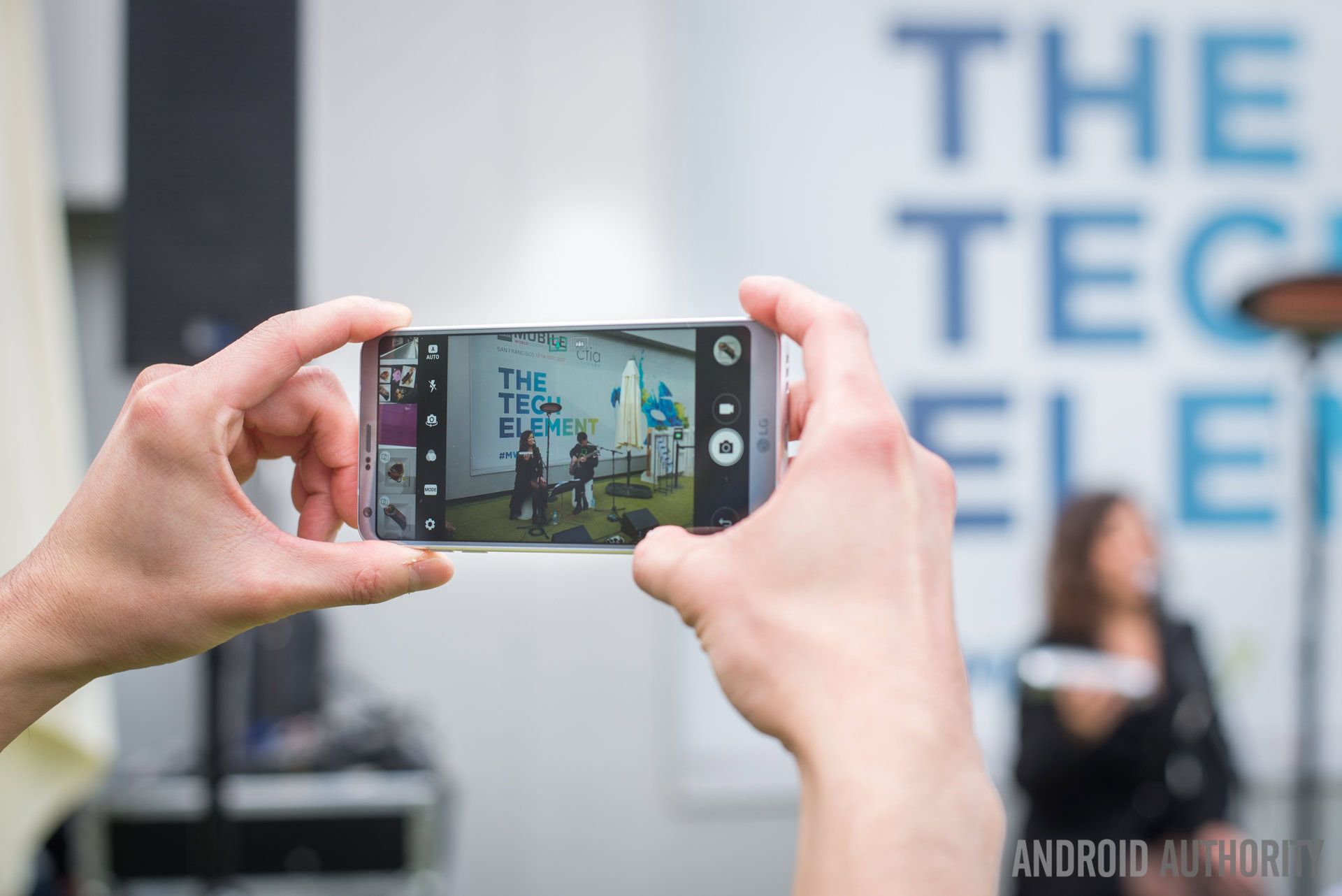
Granted, manual shooting modes are now available in pretty much all high-end flagships, but the addition of 13 megapixel wide angled shots gives LG’s flagships greater flexibility than most.
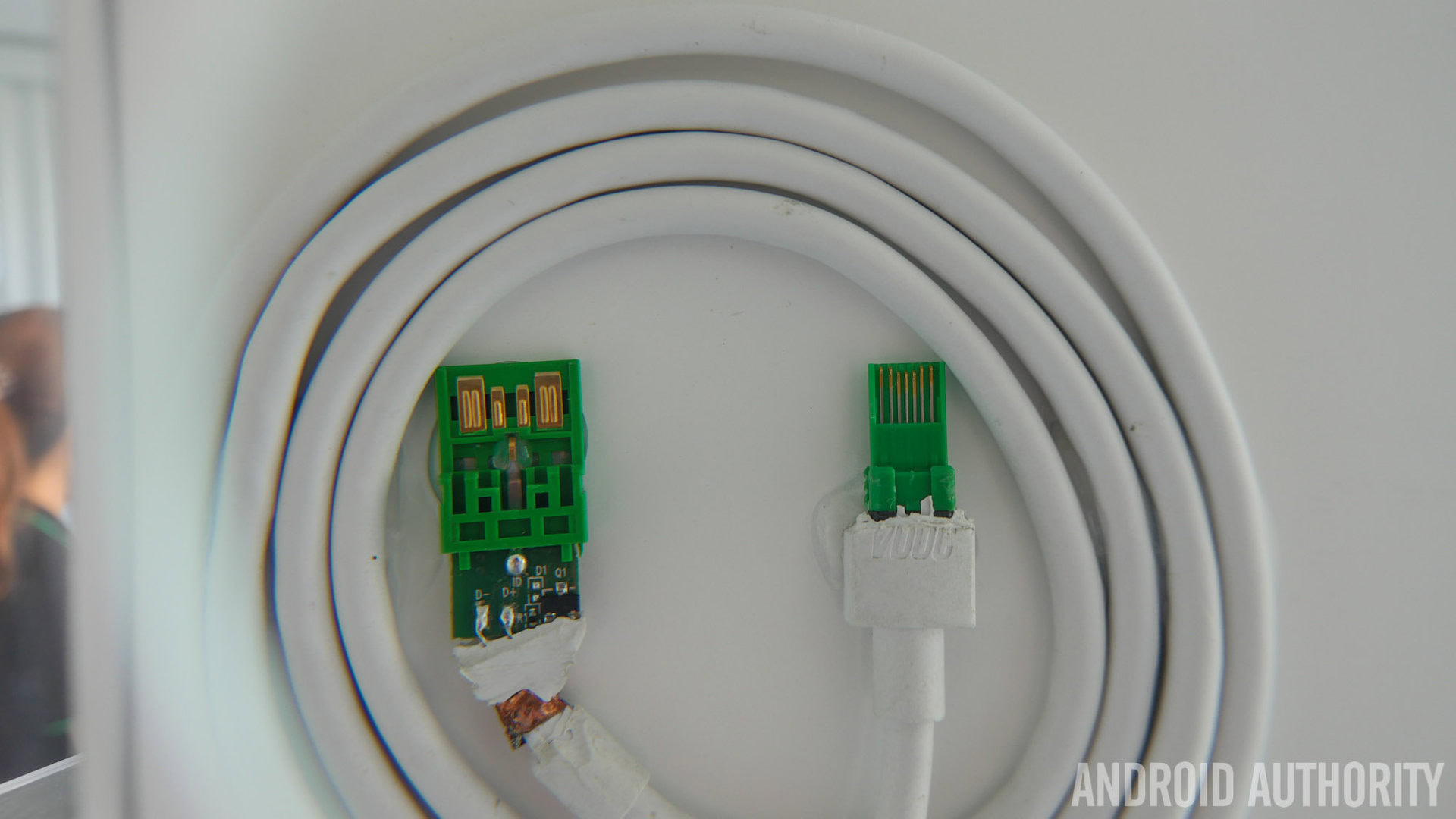
OPPO – VOOC charging
Fast charging technologies are pretty ubiquitous these days, but Oppo’s VOOC fast charging stands out as one that other manufacturers should aim to emulate. Yes it’s a proprietary technology that wouldn’t usually win brownie points in my book, but many manufacturers are at this these days anyway.
While VOOC isn’t quite the very fastest charging technology around, it’s one of the quickest. The major bonus points are scored when it comes to measuring temperature though, as our testing revealed that the OPPO R7s only saw a 3 degree celsius increase in temperature throughout the course of a full charging cycle, which is notably lower than the 8 to 20 degrees seen by other charging technologies.
Lower charging temperatures not only mean that you can keep using your phone in comfort while charging, but a cool cell is a boon for battery longevity too. If your phone charges at a low temperature, the battery should last more cycles before it needs to be replaced, which is particularly important in the age of non-removable batteries.
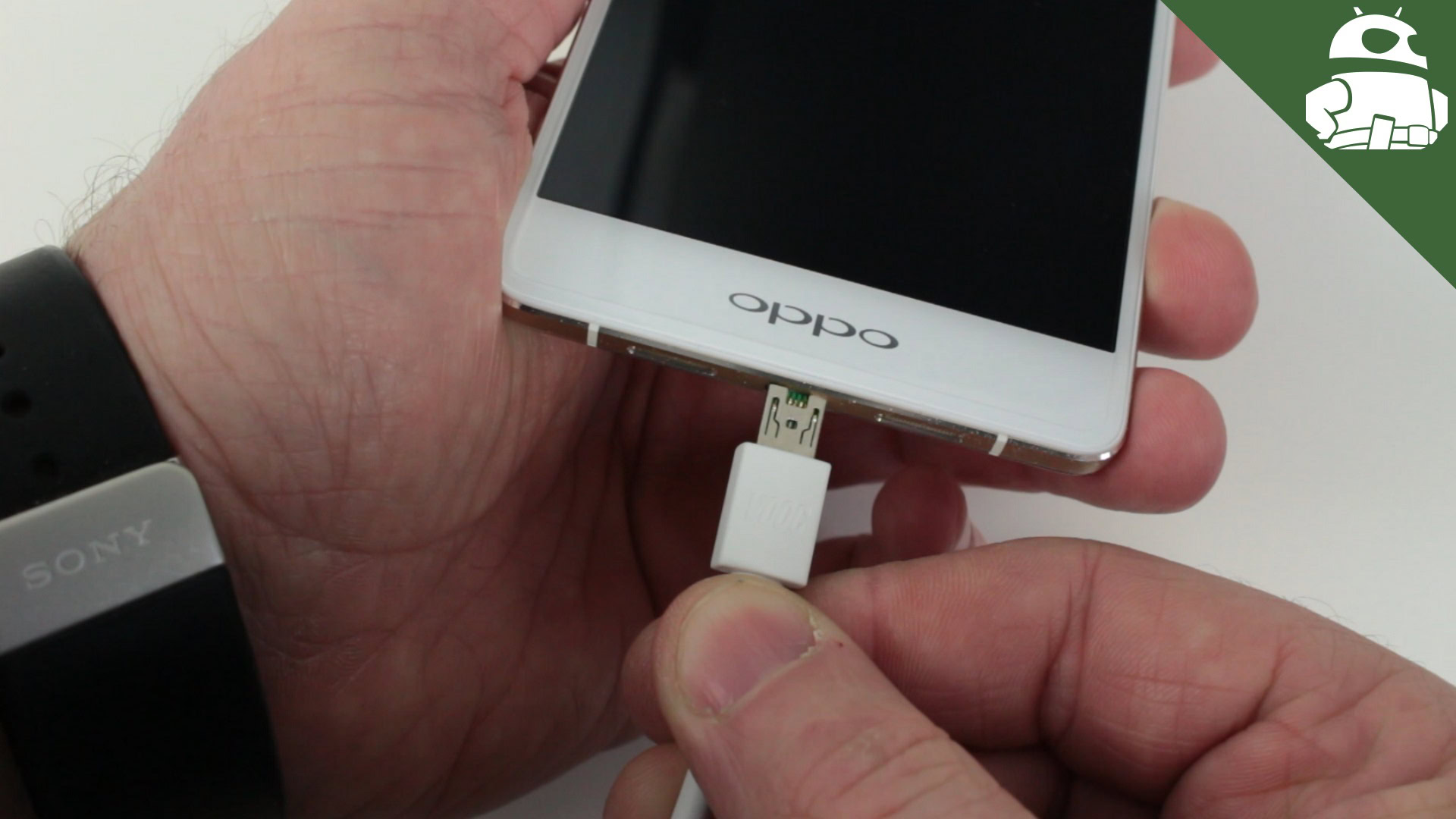
Sony – Hi-Res and LDAC audio
Sony has long been implementing support for Hi-Res audio, 24-bit FLAC or DSD files and the like, and a number of other manufacturers have cottoned on to the trend in the past couple of years. For music enthusiasts this is clearly a plus, and with some companies moving away from the 3.5mm audio jack, Sony’s LDAC Bluetooth standard offers a much better listening experience for those going wireless as well.
LDAC has recently made its way into core Android via the Android O developer preview, so we’ll hopefully see more devices sporting the technology going forward. Unfortunately LDAC is a proprietary format, which means that you’ll need a compatible set of headphones too in order to make use of top notch Bluetooth streaming.
Even if developers don’t go all in with Sony’s LDAC, we’ll hopefully see Bluetooth audio move over to Qualcomm’s AptX HD alternative. We’ll have to investigate the quality differences a little more closely, but both of these technologies will provide a big boost in quality over traditional Bluetooth audio, which is something that’s sorely needed.
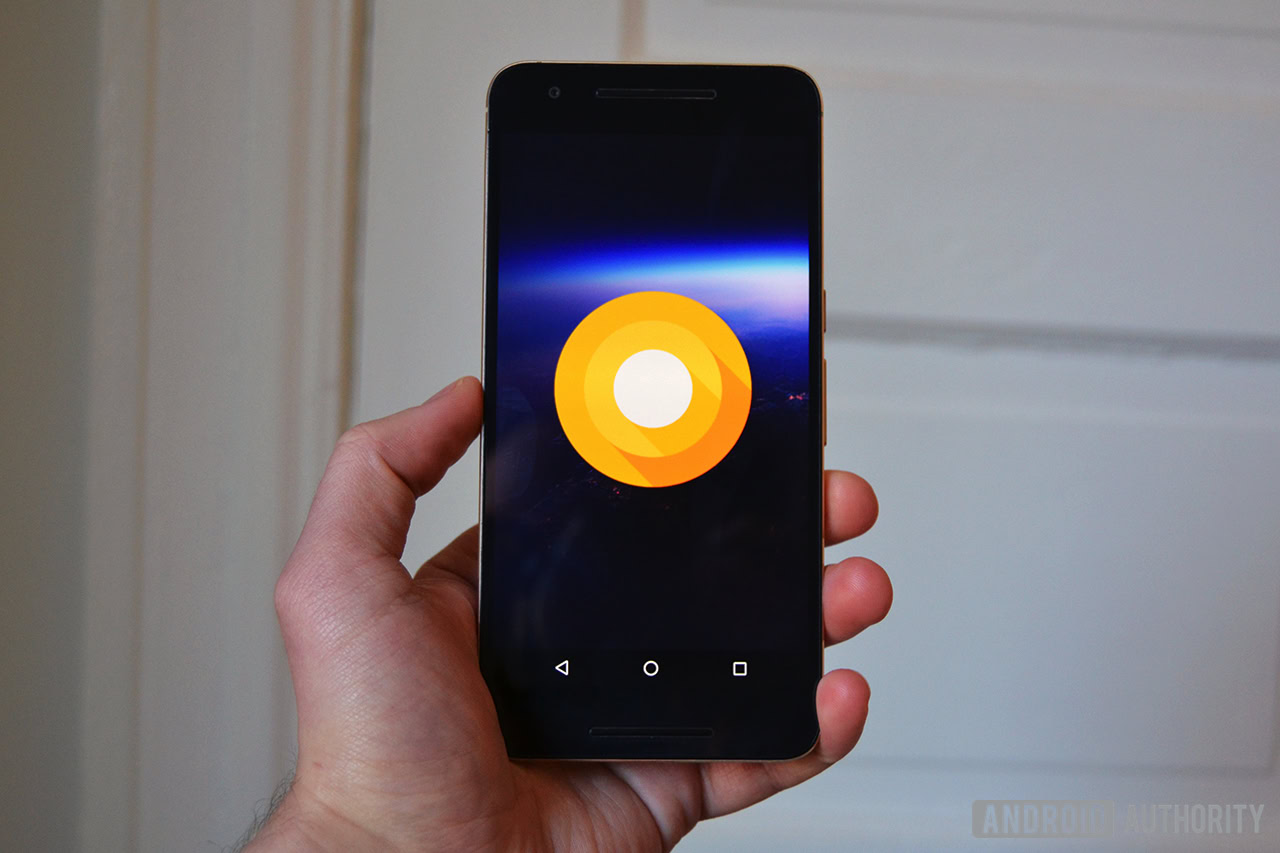
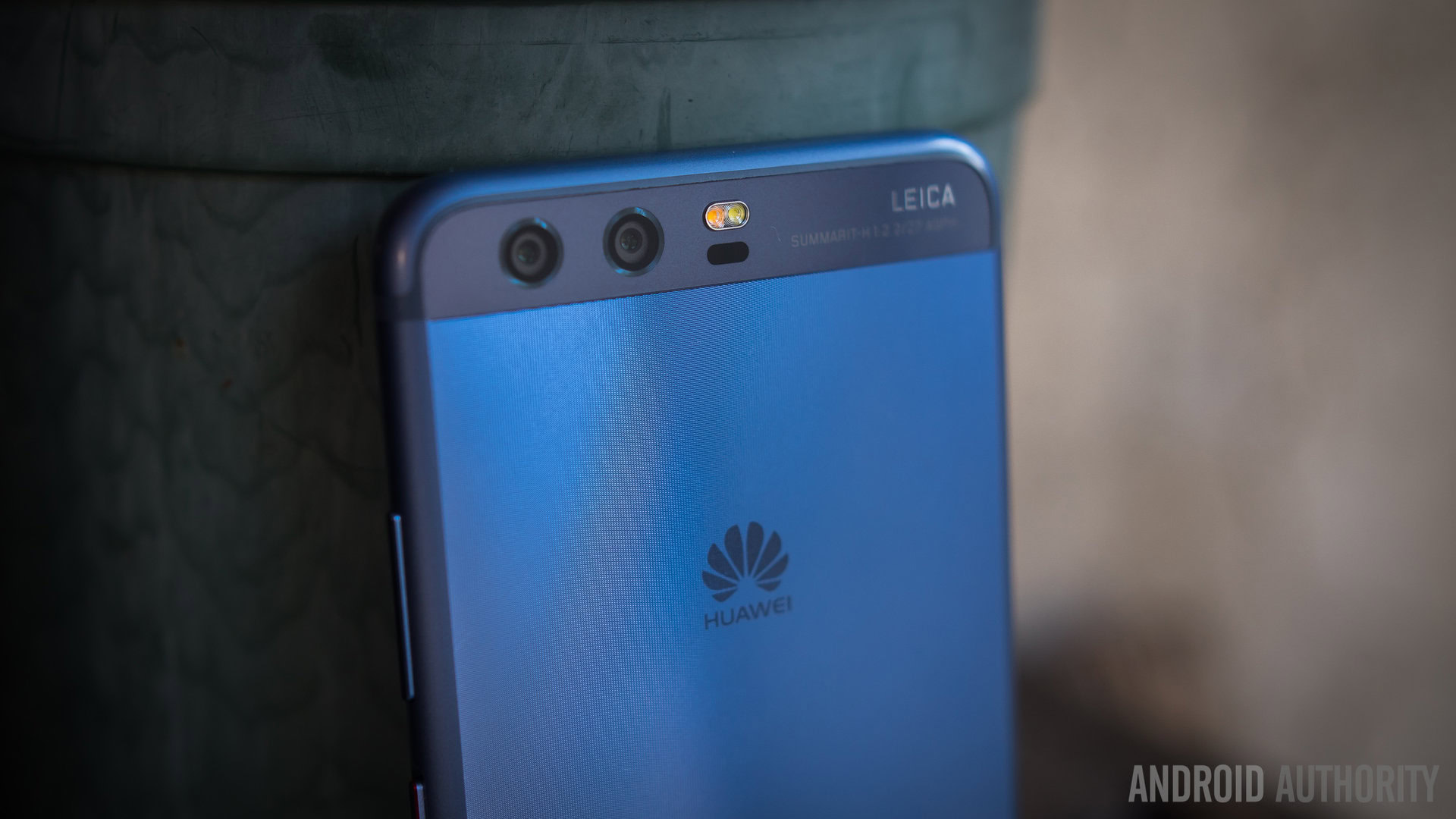
HUAWEI – Leica Cameras
We know that dual camera’s are no longer an exclusive trend in the smartphone world, but Huawei’s implementation remains one of the best and most unique. Rather than opting for telephoto or wide angle lenses, HUAWEI’s technology makes use of a dual RBG and Monochrome sensor configuration.
By using data from a sensitive monochrome camera and intelligently combining this with traditional RGB data, HUAWEI’s camera technology is able to produce images with exceptional colors, great dynamic range, and artistic looking depth of field effects too.
Perhaps best of all, this monochrome camera technology has made its way into HUAWEI’s lower cost HONOR range too, albeit without the Leica endorsement. This is certainly a camera technology that we’d like to see some other OEMs implement inside their flagships, especially in the mid-tier segment.

Google Assistant
Ok, this one isn’t an exclusive feature to Google’s Pixel handsets anymore, the software has already made its way to new phones running Android 7.0, such as the LG G6, and even other flagship phones running Android 6.0 now have access to Google’s intelligent “AI” software.
However, with smart assistants set to become a major feature throughout 2017 and beyond, what with Amazon’s Alexa appearing in the Mate 9 and Samsung’s Bixby right around the corner, this is a tough feature to ignore. Google Assistant is a smarter way to search, stay organized, and interact with other products, such as smart home technology, and so it’s something that we’ll certainly be looking for in future smartphone releases.
Wrap up
Of course, this list is just a handful of the interesting exclusive features that have appeared in smartphones over recent years, but it’s hopefully given you a few features to keep an eye on when it comes to purchasing your next smartphone. Hopefully other OEMS will learn from their competitors’ strength and we’ll all have even more impressive handsets to look forward to in the future.
What about your favourite OEM exclusive features, have I missed something off the list? Sound off in the comments below.